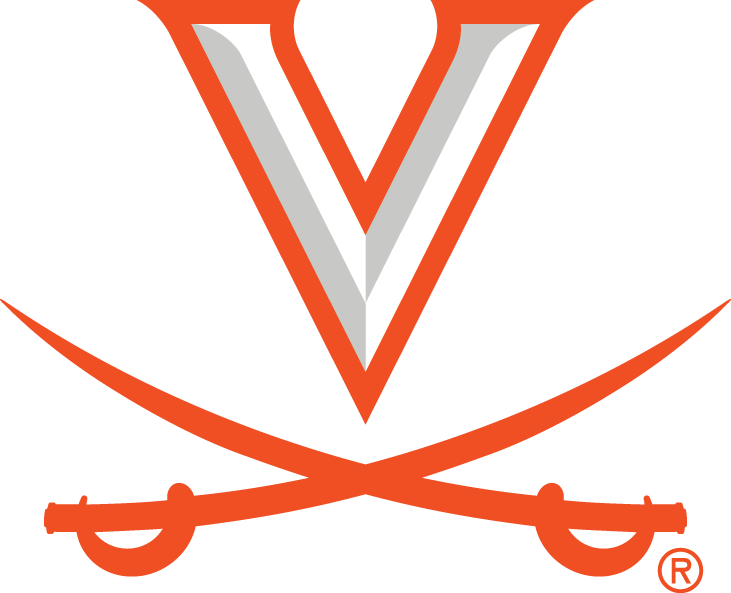By Jeff White (jwhite@virginia.edu)
VirginiaSports.com
CHARLOTTESVILLE, Va. — In each of its final five football games last season, Virginia started the same five offensive linemen: McKale Boley at left tackle, Noah Josey at left guard, Brian Stevens at center, Ty Furnish at right guard, and Blake Steen at right tackle.
All five came out of the season with eligibility remaining, giving offensive line coach Terry Heffernan a solid foundation on which to build. Of that group, though, only Steen was healthy enough to take part in spring practice this year. Boley, Josey, Stevens and Furnish were recovering from surgeries.
That made the Cavaliers’ first practice of training camp noteworthy Wednesday. For the first time since the 2023 finale, Stevens, Boley, Furnish and Josey were back on the field, alongside Steen. In the spring, while Steen piled up reps on a makeshift line, the other four trained away from the rest of the team, along with Jimmy Christ, another lineman who was recovering from surgery. Christ is healthy again, too.
“We’ve been through the wringer, being out together,” Stevens said Wednesday evening outside the new Hardie Center. “I think that just builds the bond between us.”
Virginia opened training camp, its third under head coach Tony Elliott, with close to a full complement of offensive linemen. Noah Hartsoe and Drake Metcalf are out with injuries, but Heffernan has no shortage of options, with Boley, Steen, Christ, Houston Curry, Jack Witmer, Ben York and Dane Wieklinski at tackle, and Josey, Stevens, Furnish, Ugonna Nnanna, Grant Ellinger, Ethan Sipe and Cole Surber at the inside spots.
Nnanna started six games last season—the first five at right tackle—but he’ll be a full-time guard this year, Heffernan said. Charlie Patterson will swing between guard and tackle.
For Steen’s counterparts on the first-team line, the first practice featured some rough moments. “We’re trying to acclimate back in,” Stevens said. “It takes a few days. We haven’t played football in six months, and it was a little rough at the start. But it’s nice when you’ve got that trust automatically. You know the guys next to you know what they’re doing. That brings a comfort level too.”
After practice, Elliott said he was pleased not only to see all five returning starters back on the line, “but to have more than one unit, where you feel like you can go out and practice and it’s competitive.”
It’s important, Elliott added, to have linemen who “can go out day in and day out and push each other to compete, because we’re going to need more than just five to be able to get to where we want to go.”
When camp opened last year, the offensive line was probably the team’s biggest question mark. Heffernan, who’d coached at Stanford in 2021 and ’22, had been in Charlottesville for less than eight months, and UVA had only one returning starter up front: Furnish. Stevens (Dayton), Nnanna (Houston) and Christ (Penn State) were transfers, and Stevens and Christ had not been on Grounds for spring practice.
“So I feel significantly better and very different from where I did a year ago,” Heffernan said. “I think part of last year was trying to convince yourself, ‘Hey, we’re going to be able to make this thing work,’ as opposed to saying, ‘OK, I feel good about at least where we’re going to start as a group.’ I feel good about knowing these guys a lot better and them knowing me. It’s a very, very different situation this year to last.”
